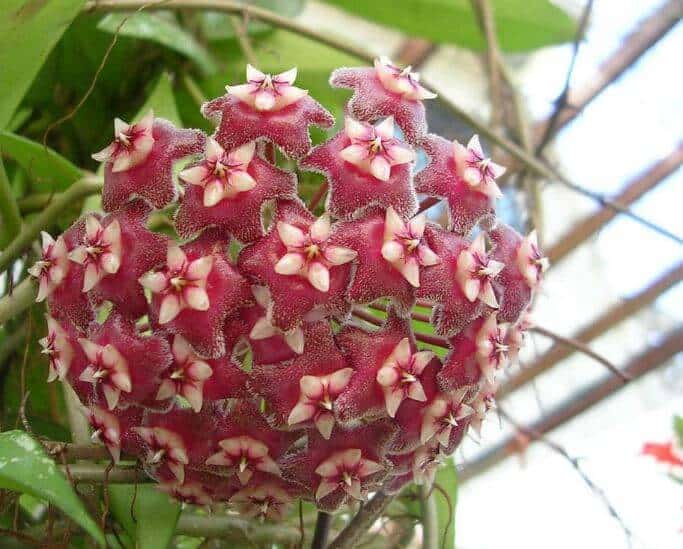Last Updated on February 1, 2023 by a Friendly Gardener
Not only are these plants difficult to find, but they can be a bit fussy when it comes to caring. Rare Hoya species often get a bad rap because their care requirements can be a little complex. Nonetheless, rare hoya species are among the most beautiful flowering plants in the world. The Hoya genus boasts more than 500 species and finds their native habitats in a variety of countries including, India, Malaysia, Thailand, Vietnam, and the Philippines where, like epiphytes, they latch onto trees and take nourishment from tree bark.
Characterized by a succulent-like appearance, they are commonly known as the Wax Flower, the Wax Plant, or the Wax Vine. Lovers of warm climates, specially formulated growing mediums, sunlight, and high humidity, coaxing them to bloom in a home garden can be quite difficult. But if you are up to a challenge, a rare Hoya plant can be a delightful addition to your plant collection.
Rare Hoya Varieties
Know that cultivating rare Hoya species as houseplants is complicated. You will need to do the work, but their characteristic beauty makes them well worth the effort for those desirous of a hoya in their garden. Clusters of star-shaped blossoms framed with dark green foliage in a variety of colors and emanating sweet scents make hoya species the jewels of indoor, and outdoor, gardens.
Hoya Callistophylla

More expensive than many houseplants, the Borneo native Hoya callistophylla has striking, large lime-colored foliage with dark veining. This Hoya species can grow to heights of twenty feet and spread as wide as two feet making it impressive not only in beauty but in size. Luscious green leaves are stiff in texture and feature dark lines that embroider the surface. Due to these unusual leaves, it is referred to as the Dragon Skin plant or the Stiff-leaved Hoya. This species requires a quality soil blend, partial shade, high humidity, and to be watered sparingly. The Callistophylla produces clusters of small white flowers accented with red and yellow that grow like epiphytes.
Hoya Caudata Sumatra
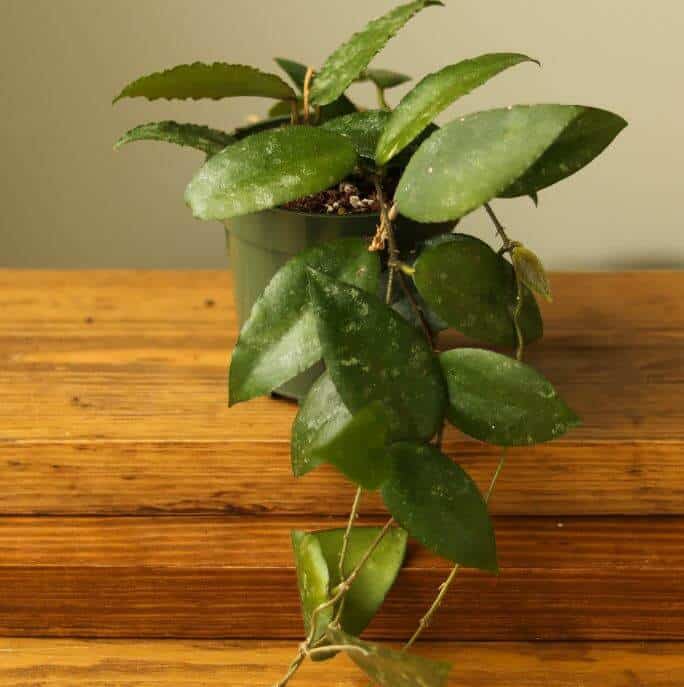
If you want a hoya with a unique appearance, consider the Caudata Sumatra. This hoya finds its natural habitat in Thailand and Singapore. Blossoms grow in clusters that create a fuzzy appearance and feature long hairs on the bloom edges. Flowers are star-shaped and white with pinkish hues and bright red centers. Foliage is leathery in texture and thick with a crinkly surface that hosts silvery splotches on wiry stems. The Caudata’s leaves can turn red if exposed to direct sunlight. This hoya likes partial shade with bright indirect light. An occasional misting will help with hydration.
Hoya Carnosa Compacta

Hailing from Australia and Eastern Asia, the Carnosa Compacta is very rare and can be very expensive. It is commonly referred to as the Hindu Rope Hoya. This is a stunning vining plant featuring unique curly oval glossy leaves that grow in pairs making it a showstopper when cultivated in a hanging basket or from a higher location. Its pinkish blossoms with white centers are shaped like stars and grow in clusters like many hoya species. The Carnosa compacta likes a well-draining, well-aerated, fertile soil that is kept moist along with partial shade.
Hoya Kerrii
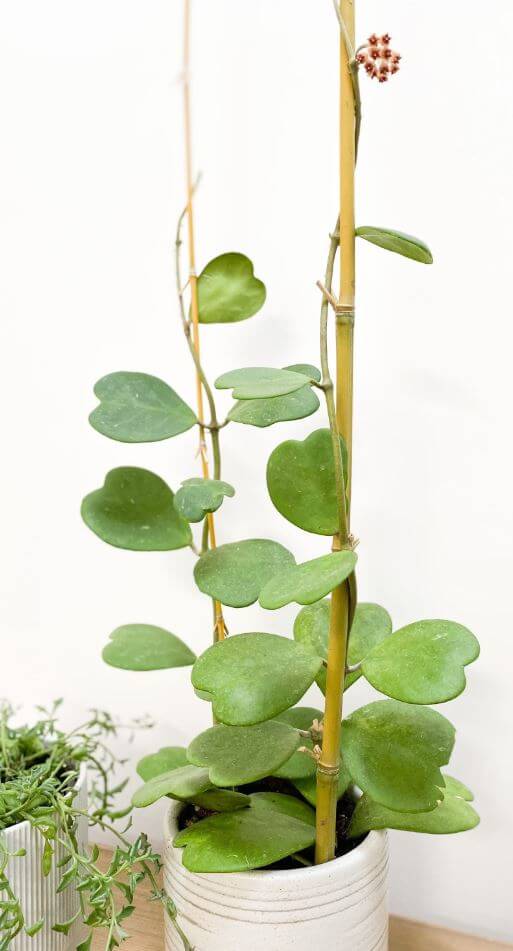
Commonly known as the Sweetheart Hoya, the Kerrii may very well be the most well-known of hoya rare species. It is a favorite as a gift for its unique heart-shaped foliage and clusters of as many as two dozen blossoms. It may be gifted as a single leaf in a small container. This is one of the easiest hoya species to cultivate as it is similar to a succulent in that it stores water longer. It does not require special humidity levels or lighting making it fantastic as a houseplant. It also is more reasonably priced than other hoya rare species.
Hoya Praetorii

Also known as a Wax flower, the Praetorii produces an exceptional flower that is truly unique. Blossom clusters grow downward and boast blooms that are orange in hue and covered in fuzzy white hairs with deep burgundy-hued centers. They can last for as long as two weeks. Dark green foliage is large. This hoya species can thrive in milder climates with the sun for at least half a day. It does not like the cold. Leave stalks intact after the first blooming, as more blooms may follow.
Hoya Retusa
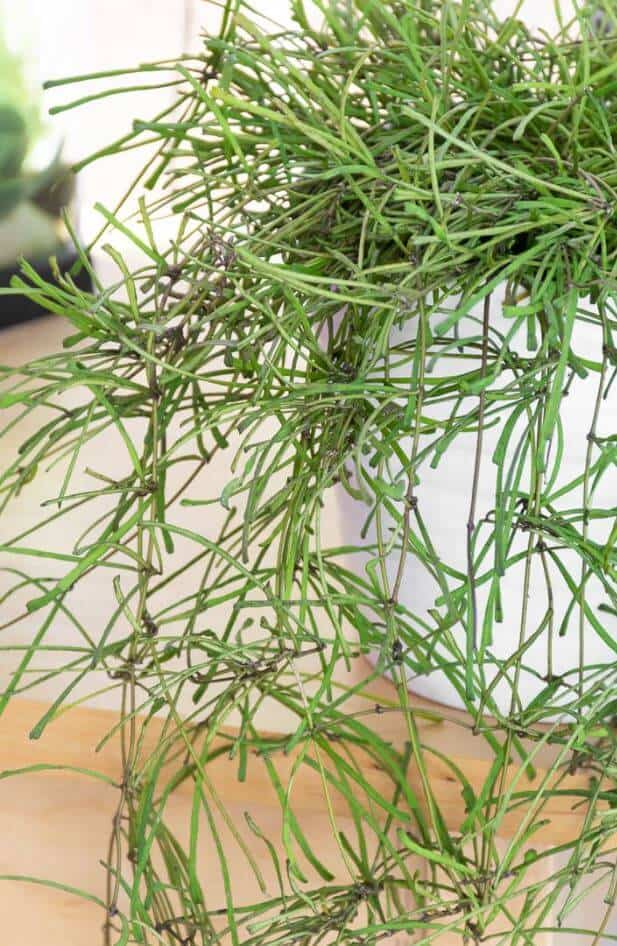
For those that desire a smaller hoya plant, the Hoya retusa is a truly unique addition to any indoor garden. Popularly known as the Grass-leafed hoya, it calls the Himalayas home. It features long leaves that resemble blades of grass and can reach ten inches in length. Perfect in hanging baskets, it needs weekly watering, a warm environment, and indirect bright light making it ideal for indoor cultivation. It should produce tiny heart blossoms after approximately six months from its initial planting.
Hoya Serpens
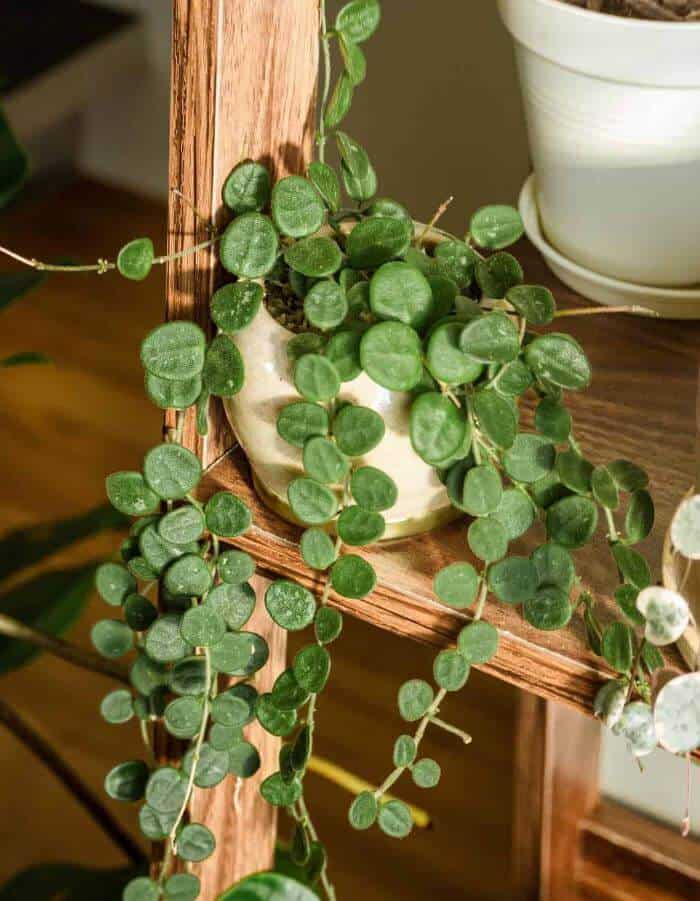
Native to the Himalayas, the sweet-smelling Hoya Serpens, commonly called the Wax Flower Hoya, is a unique vining or trailing hoya that is smaller in size than other hoya species. It is challenging to cultivate because it requires high humidity to thrive. While it might survive in high temperatures with lower humidity levels, it will most likely not flower, meaning no sweet fragrance. It can survive in cooler temps with higher humidity, but its lifespan is shortened as a result of the imperfect growing conditions.
Hoya sp. Sunrise
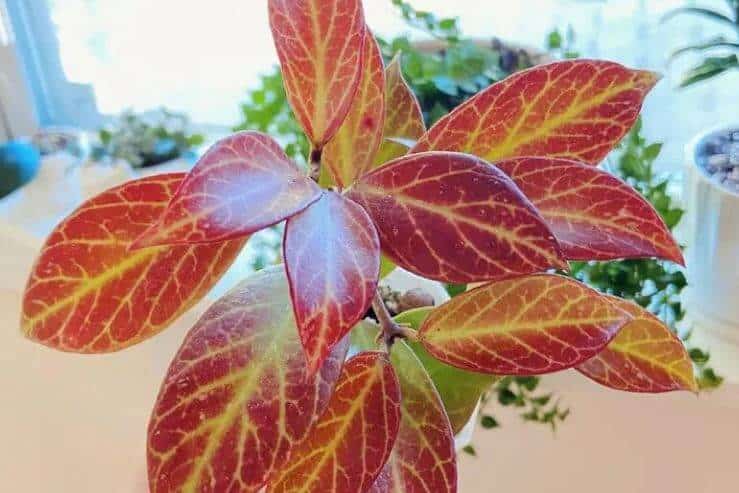
Commonly called the Hoya Wax Vine, this rare hoya species distinguishes itself for its unusually colored foliage. Leaves are not green like other hoya species but a masterful mix of burgundy and deep green. As a hybrid hoya species with its parent plants being the vining Hoya Obscura and the Hoya lacunose, its leaves boast a teardrop shape like the Lacunosa with the coloring of the Obscura.
This variety needs weekly watering, a warm environment, and direct sunlight. It does not need higher levels of humidity and will do fine in normal household humidity. Bark or coco coir with some perlite is an ideal growing medium.
A Final Thought
Rare hoya species are a challenge to find and cultivate. They can also be quite expensive depending on the rarity of the species. They are, however, worth the effort due to their charm, beauty, and hardiness. Rare hoyas are an enchanting addition to indoor décor.

